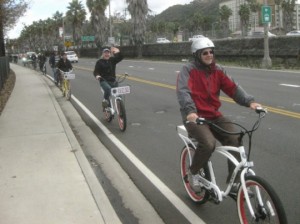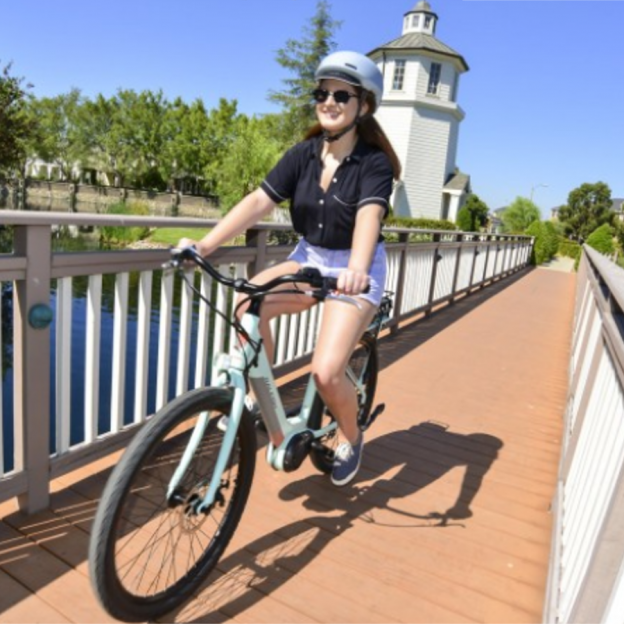Tag: e-bike
-

Bike Pic Nov 12, riding into the Monday morning sun post Veterans Day
Riding into the Monday morning sun post Veterans Day
-

Tern Bicycles showcase all their folding bike capabilities in the new GSD
Tern Bicycles is a relatively new company who burst onto the cycling scene with a clean and hyper functional line of folding bikes. Over the past few years, their forward thinking design team has worked to solve problems that plague cyclist with limited storage space and now offer the new GSD “Get Stuff Done” model.
-

With e-Bikes More People Are Able To Ride More Often
From a recent survey of traditional bicyclists who recently purchased an e-Bike there usage rate just about doubled after making the switch. The study also found: they were not avoiding hills as before; were taking more direct or higher traffic routes and riding to new destinations on their pedal assist bikes, that they did not…

